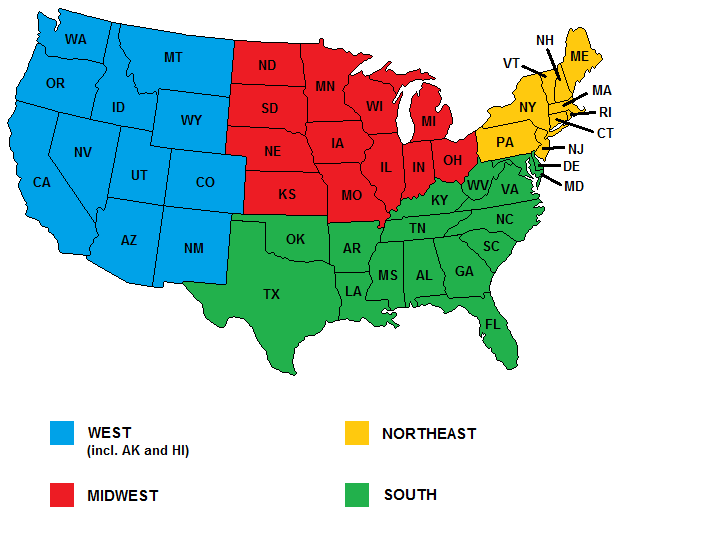Alternate IndyCar Series Rules & Regulations
Jump to navigation
Jump to search
The Market
Sponsorship
- ALL teams must secure some form of budget, and may sign a sponsor to purchase the advertising space of a car.
- Sponsors only occupy one car, unless stated otherwise.
- A team may also waive the sponsor signing process, and instead directly hire a pay-driver. See "Drivers" section.
- A team may not sign two sponsors within the same industry. This extends to Indy 500 one-off entries.
- A sponsor will only pay out if its criteria are met. Example: Dustless Blasting will pay $2M if BK Racing signs a US Southern driver. If BK Racing sign Corey LaJoie (born in North Carolina), they receive the $2m.
- If the team conducts a driver change where the replacement does not meet the criteria, the team must pay back a portion of the sponsor's payment back based on the number of races remaining.
- Sponsors may also make bonus payments, based on a car's performance. Again, the bonuses only relate to the car that the sponsor funds.
- The RNG used to assign sponsors may be biased in favour of a team, based on past results and from purchased Marketing upgrades.
- Below are the US states which make up each of the four regions.
Drivers
- After the sponsor signing process, teams are able to hire drivers.
- As mentioned, only a driver which fits a sponsor's criteria will be eligible to receive the payout.
- A team must leave the sponsor and driver signing processes with finances equal or greater than $0.
Driver Costs
- The cost of signing a driver(s) to a seat may cost a minimum of $1m. Example: Premium Motorsports' #55 is split between DJ Kennington and Gray Gaulding. Both Gaulding and Kennington may receive a minimum offer of $500k each, totalling $1m.
- There may be cost reductions based on drivers' allegiance to family/self-owned teams.
- For fictional drivers, a multiplier is added to ensure strong drivers are not underpaid, levelling the salaries.
- Pay-drivers and promoted drivers do not command a wage.
- Sacking a driver returns no money, as the rest is paid as a cancellation fee.
Pay-Drivers
- Pay-drivers can be signed in lieu of a sponsor, and pay their available budget up-front.
- Sacking a pay-driver mid-season requires the repayment of money relative to the number of races remaining.
- A pay-driver can be signed to meet sponsor criteria, but will not bring their personal budget.
Promoted Drivers
- Promoted drivers are regular drivers who offer a small cash incentive for their services. They do not require a wage.
- A promoted driver's income is supplementary to that brought by a sponsor.
- Sacking a promoted driver requires a full repayment of their cash incentive.
Indianapolis 500 Entries
- The 2020 Indy 500 entry process will be opened some time after the season begins, most likely after Round 2.
- All twenty-six full-time entries will be automatically entered for the Indy 500.
- One-off Indy 500 entries must be realistic or relevant, and may be denied at the series owner's discretion
- One-off entries must secure a full budget to enter the race, either by:
- 1. Signing a full roster of sponsors, which total to a 100% budget
- 2. Signing a pay-driver or promoted driver to contribute to the budget.
- One-off entries may consist of a stand-alone team, or an additional car to an existing team. A two-car team owner may submit a third car, but a four-car team owner may enter a fifth in partnership with another member.
- Like the main season sponsorship system, a sponsor only delivers its part of the budget if their criteria (if any) are met by the team.
